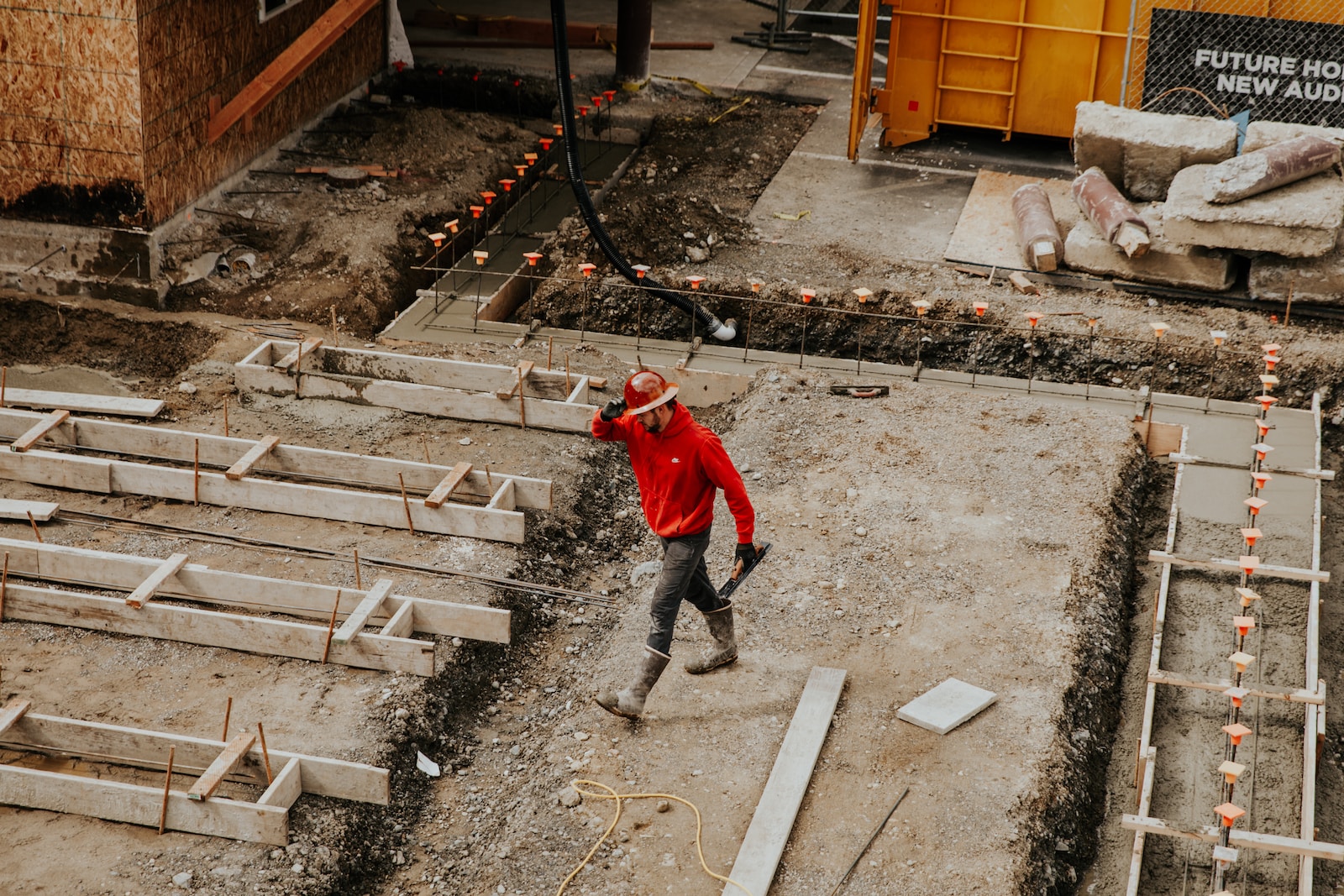Every Tile in its Place: DIY Tile Roofing Done Right
I. Introduction
A well-maintained roof is vital for the structural integrity of any building. It acts as the primary defense against harsh weather conditions and ensures the interior of your home remains dry and damage-free. Regularly maintaining your roof can extend its lifespan, prevent costly repairs, and enhance the overall aesthetic appeal of your home.
Taking on a DIY tile roofing project offers unique benefits. Apart from potential cost savings, it provides an opportunity to acquire new skills and a sense of accomplishment from completing a significant home improvement project. Furthermore, DIY tile roofing allows homeowners to have direct control over the quality of work and materials used.
In this article, we will delve into the intricacies of tile roofing, from understanding its different types to providing a step-by-step guide to a successful DIY tile roofing project. We’ll also explore common mistakes to avoid and offer tips to ensure a well-executed roofing job.
II. Understanding Tile Roofing
A. Different types of roof tiles
Roof tiles come in a diverse range of options, including clay tiles, concrete tiles, and slate tiles. Each type has its own unique characteristics and aesthetic appeal. Clay tiles, for instance, are renowned for their durability and resistance to fading. Concrete tiles, on the other hand, are praised for their versatility and affordability. Slate tiles offer a natural and elegant appearance.
B. Advantages and disadvantages of tile roofing
Tile roofing offers numerous advantages. Firstly, it is known for its long-term durability, making it a cost-effective option in the long run. The low maintenance requirements of tile roofing add to its appeal, as it saves homeowners both time and money. Additionally, tile roofs have superior fire resistance compared to other roofing materials, providing an extra layer of protection. Furthermore, tile roofing can significantly enhance the overall look of a home due to its distinctive aesthetic appeal.
However, it is important to consider the potential disadvantages of tile roofing. One of the main drawbacks is its higher cost compared to other roofing materials. Tile roofs may also require a stronger support structure due to their heavier weight. It is crucial to assess the structural capacity of your home before deciding on tile roofing.
C. Factors to consider before starting a DIY tile roofing project
Before embarking on a DIY tile roofing project, there are several factors to consider. Firstly, assess the structural capacity of your home to ensure it can support the weight of the tiles. Additionally, consider the local climate and its impact on the chosen material. Some tiles may be more suitable for specific climates, such as those with high wind or heavy rainfall. Lastly, think about the level of maintenance required to keep the roof in optimal condition. Some materials may require more frequent maintenance than others.
III. Preparing for DIY Tile Roofing
A. Assessing the roof condition and suitability for tile installation
The first step in any DIY tile roofing project is to assess the condition of your existing roof. Look for signs of damage, such as leaks or worn-out shingles. It is essential to ensure that the roof structure is strong enough to support the weight of the tiles. If there are any major issues or concerns, it may be necessary to consult a professional before proceeding with the installation.
B. Gathering necessary tools and materials
To successfully complete a DIY tile roofing project, gather all the necessary tools and materials before starting. This includes roofing tiles, underlayment, battens, nails, a hammer, a level, a ladder, and safety gear. Having everything prepared in advance will make the installation process smoother and more efficient.
C. Safety precautions and protective gear
Safety should always be a top priority when working on a roofing project. Before starting, make sure to wear appropriate protective gear, including gloves, safety goggles, and a hard hat. It is also crucial to ensure that the ladder is sturdy and secure to prevent falls or accidents. Lastly, avoid working in adverse weather conditions to minimize the risk of injuries or damage to the roof.
By following these guidelines and understanding the intricacies of tile roofing, you can confidently take on a DIY tile roofing project. Remember to pay attention to detail, follow proper installation techniques, and prioritize safety throughout the process. A well-executed tile roofing job can greatly improve the longevity, appearance, and value of your home.
